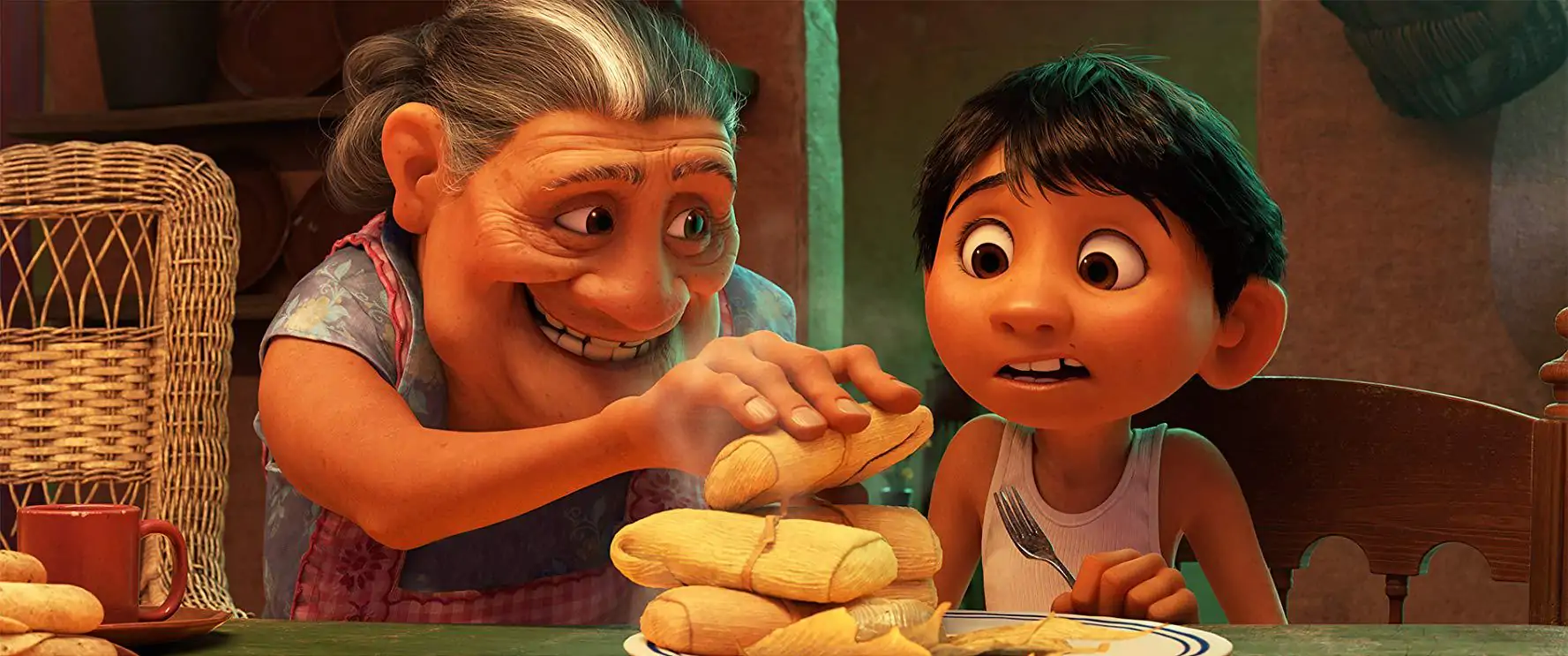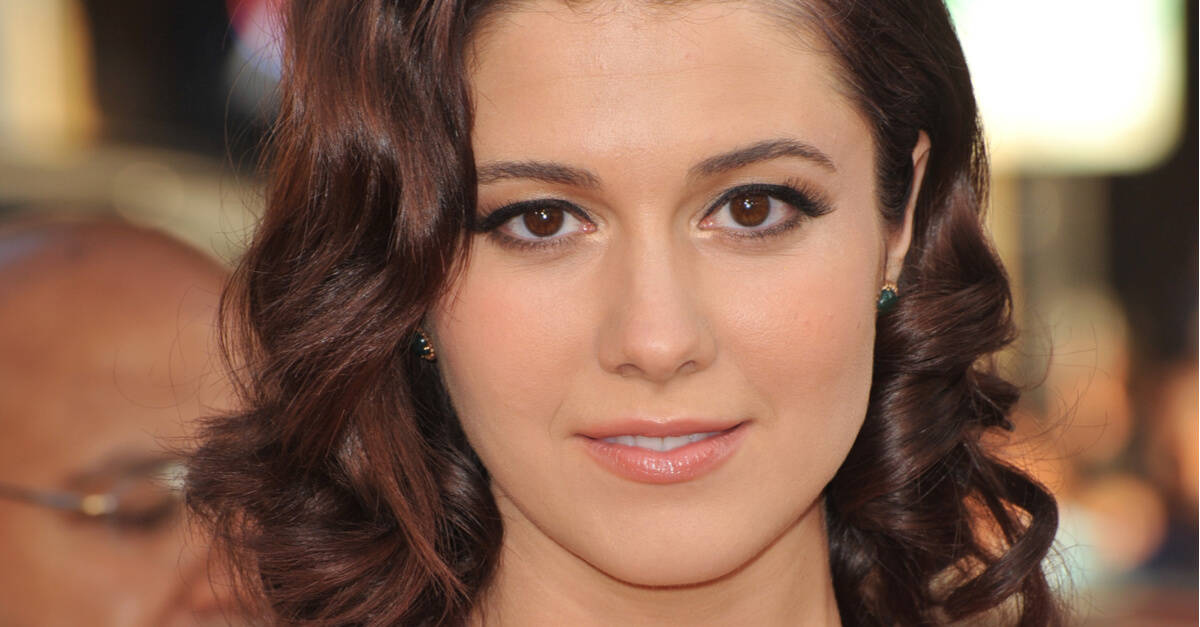
This week sees the release of Smallfoot, an animated snow-monster movie from Warner Animation Group. Like many animated films, Smallfoot clearly targets its zany jokes and action toward younger audiences, but that didn’t stop the filmmakers from inserting some surprisingly heavy-handed messages about questioning authority, even when the rules tell you to bury your questions deep down.
While the film itself didn’t prove to be all that memorable or unique overall, it did get me thinking about how effective animated films can be in teaching complicated lessons. We especially see this in a lot of the recent computer-animated films made by Disney and Pixar (not to discount the wealth of fantastic movies made by other studios like DreamWorks, Studio Ghibli and Laika). The wide appeal of movies from the Mouse and the Lamp seems to be most helpful when it comes to legitimizing animation as an art form people of all ages can find instructive.
It was Disney’s Snow White and the Seven Dwarfs, after all, that demanded a more sophisticated audience back in 1938. As the first feature-length animated film, Snow White was not only a runaway hit at the box office, but also delivered an evocative emotional climax, when Snow White presumably dies and is mourned by the dwarves.
At the time, it was unheard of for both adults and kids to have that reaction, but now we can point to dozens of other hand-drawn and computer-animated films as further evidence of this dynamic. These movies teach us, and their lessons are specifically tied to the art of animation.
1. Have Empathy
Pixar has cultivated a reputation for getting audiences to invest their emotions in anything. That includes monsters in your closet, insects, a glorified Roomba, kitchen rats and even, well, emotions. But it all started with toys, and in Toy Story, you can see how effective animation can be at teaching children (and adults) to have more empathy for something as simple as a plaything.
The writers of Toy Story faced the tough challenge of making adults care about the goals and motivations of inanimate objects, and part of the reason they found success was because the writers understood the nostalgic connection adults have with their childhood toys could transfer to a timeless, believable animated world. Going further, the story they told contains simple, yet deep lessons about rivals settling their differences and the anxiety over feeling replaced, a discomfort almost all adults can find relatable.
It makes sense that animated films are wonderful at communicating empathy. They contain artificial, hyper-detailed worlds that rely quite a bit on sharp writing to help you personally invest in the lives of characters who don’t look like you or operate by rules you more readily recognize.
2. Things (And People) Aren’t Always What They Seem
Going back to Snow White, it’s important to remember that before animated movies, animated shorts were known for being bursts of slapstick fun. The general public at the time didn’t even entertain the notion of an animated film that can make you cry.
But Walt Disney risked his livelihood to prove that notion wrong. He was a complicated man, especially in those years, but he had a respectable vision for a day when animated films could be appreciated by just about everyone. For Walt, animated films were more than they seemed, and they weren’t only for kids. Their vibrant colors and quick editing were just the surface to him. Beneath that veil could be new stories told in new ways.
A great recent example of this lesson can be found in Zootopia, which explores the racial politics of an invented society where predators and prey live in relative peace alongside one another. But there’s still prejudice between the two groups, because to the prey members of Zootopia, predators can only be viewed as bullies and enemies. Nick Wilde, a fox and one of our main characters, is shown to have been abused as a child for being written off as a mean-spirited bad guy (Wreck-It Ralph and Shrek also use this type of messaging to great effect).
By contrast, live-action films have to work much harder at using symbolism like this because the filmmakers don’t have as much fine-tuned control over the look and feel of their settings when compared to animation, let alone a live-action movie’s design and acting expression. The result—in the better animated films, anyway—is a more perfectly communicated vision from the writing to the production to release.
3. Be Yourself & More
We’ve all noticed these ideas in films and TV shows that are specifically made for kids: Be yourself! Listen to your heart! And so on. But there’s usually more to these messages than a basic “do what feels good” mentality, especially in the most recent Pixar and Disney films.
Those movies recognize that on the one hand, it’s useful to know yourself and be comfortable in your own skin. But also, there’s nothing wrong with empowerment that pushes you to be better than you are now. Like being a hero, even. This is actually a complicated, nuanced lesson that animated films in particular are excellent at communicating because they’re accessible for viewers with short attention spans. The action can be more fluid, the timing of every scene can be uber-precise, and generally speaking, kids love colorful, imaginative worlds to explore and revisit.
For example, Frodo in the live-action Lord of the Rings has to accomplish an uncertain goal, but the key to his success is staying true to who he is and taking inspiration from his friends. A kid can certainly watch and enjoy Lord of the Rings for what it is, but we don’t often see a lot of children rewatching these long, epic films enough to fully grasp all of their subtext.
Compare that to the animated Disney film Moana, which teaches the same lesson as Lord of the Rings, but does so in a tighter kid-friendly format without insulting the intelligence of adults. A younger viewer might get confused and lost in the spectacle of Lord of the Rings, but they can have a great time watching Moana, Coco or The Incredibles, which contain similar messages told in a generally more suitable execution for their age group.
As long as animated films keep coming out, viewers big and small are going to learn something from them. So it’s always useful to celebrate the films that take this responsibility seriously and push the art form further along. Nearly a century ago, an animated film receiving an Oscar nomination seemed impossible. That has slowly changed, and we can now see a future where kids who grew up with the more mature animated films of Disney and Pixar will eventually become adults informed by a whole generation of smart storytelling.






















